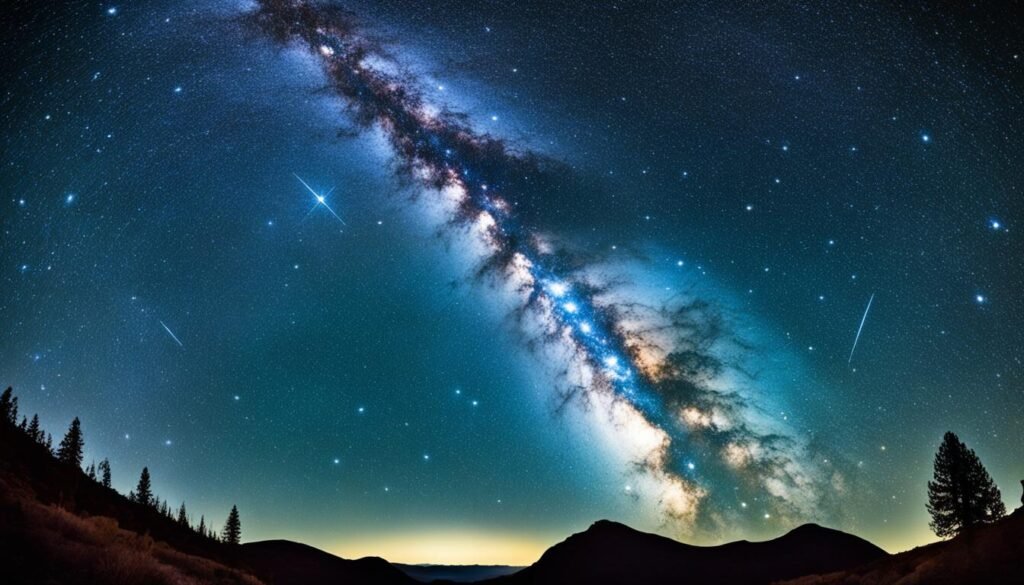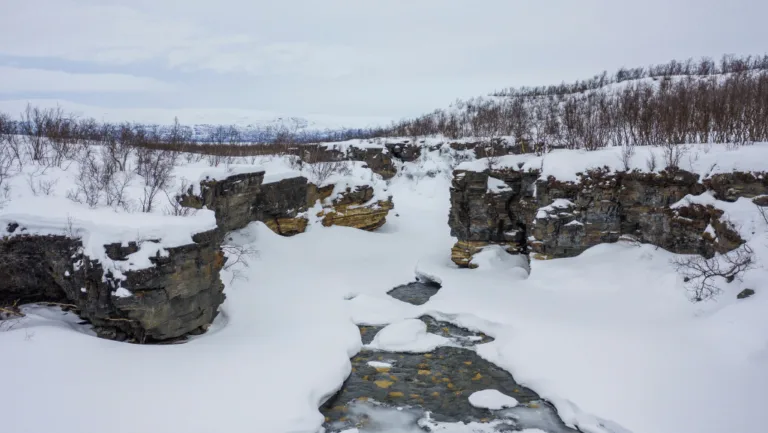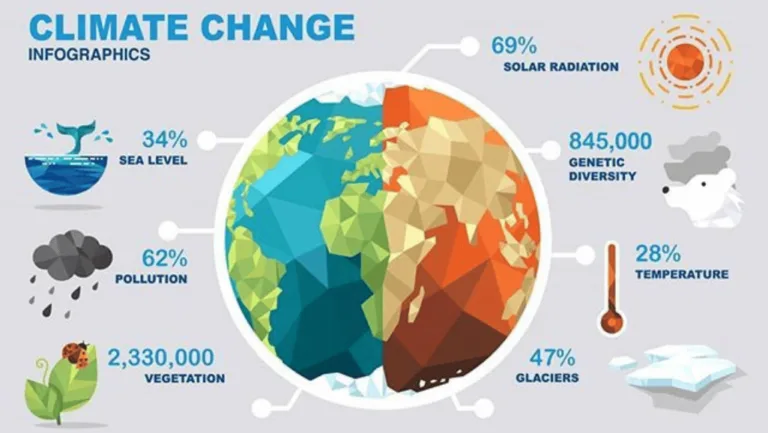Beautiful flowers gardenia Plants For Your homes

The Southern Hemisphere lies below the Equator and is full of fascinating geography, astronomy, and ecology. It stretches from the icy Antarctica to the diverse lands of Australia, New Zealand, and South America. This region is packed with natural beauty and cultural richness.
One big difference between the Northern and Southern Hemispheres is the seasons. The Northern Hemisphere has summer from June to September. But the Southern Hemisphere’s summer is from December to March. This is because the Earth tilts as it goes around the sun, creating unique climates and ecosystems in the south.
The Southern Hemisphere has its own special stars and galaxies. You can see the Southern Cross and the Magellanic Clouds in the sky. These make it perfect for stargazing and taking photos of the stars. Places like NamibRand in Namibia and Mashatu in the eastern Kalahari Desert are great for this.
Key Takeaways:
- The Southern Hemisphere is below the Equator and includes parts of South America, Africa, Australia, Antarctica, and some Asian islands.
- Seasons change because of the Earth’s tilt, making summer in the Southern Hemisphere from December to March.
- Unique stars and galaxies, like the Southern Cross and the Magellanic Clouds, can be seen in the southern sky.
- The region has a wide range of landscapes, from Antarctica’s ice to South America’s lush forests.
- It’s home to many different plants and animals, including penguins, kangaroos, and the Amazon rainforest’s diverse life.
Introduction to the Southern Hemisphere
The Southern Hemisphere lies south of the Equator and is unique compared to the north. It covers about 80% of the Earth and is mostly surrounded by the Southern Ocean. This ocean greatly affects the region’s climate, seasons, and ecosystems.
The Southern Hemisphere has a reversed seasonal cycle. While the north has summer from June to August, the south enjoys summer from December to February. This difference comes from the Earth’s tilt and orbit around the sun, making the two hemispheres quite different.
This hemisphere is full of diverse ecosystems, from the Amazon rainforest to the Australian Outback. These places support a wide variety of plants and animals, many found only here. The Great Barrier Reef, off Australia, is a prime example of the region’s natural beauty, with its vast marine life.
Even though it covers a big part of the Earth, only about 10% of people live in the Southern Hemisphere. This is because most people live in the Northern Hemisphere, where more land is available and people settled earlier.
| Characteristic | Southern Hemisphere | Northern Hemisphere |
|---|---|---|
| Seasons | Summer: Dec – Feb Winter: Jun – Aug | Summer: Jun – Aug Winter: Dec – Feb |
| Population | Approximately 10% | Approximately 90% |
| Landmass | Smaller proportion | Larger proportion |
| Ocean Currents | Clockwise rotation | Counterclockwise rotation |
The Southern Hemisphere is full of interesting features, like its reversed seasons and diverse ecosystems. Scientists, geographers, and nature lovers find it captivating. By exploring and understanding this region, we learn more about our planet’s balance and beauty.
Unique Astronomical Phenomena in the Southern Hemisphere
The southern celestial pole points towards the galactic center of the Milky Way. This means there are more bright stars and constellations with stunning objects. Stargazers in the Southern Hemisphere get a breathtaking view of the night sky.
The Southern Cross and the Pointers
The Southern Cross, or Crux, is a famous constellation in the southern sky. It’s easy to spot because of its cross shape. Near it are Alpha Centauri and Beta Centauri, known as the Southern Pointers.
These stars help find the Southern Cross. They point right at it.
The Magellanic Clouds
The Small and Large Magellanic Clouds are two dwarf galaxies near the Milky Way. You can see them in the southern sky as faint clouds. They are full of stars and are interesting for both amateur and professional astronomers.
The Jewel Box Cluster and the Coalsack Nebula
The Jewel Box Cluster, or NGC 4755, is a bright cluster near the Southern Cross. It looks best through binoculars or a small telescope. It shows a beautiful group of colorful stars that look like jewels.
The Coalsack Nebula is another sight in the southern sky. It’s a dust cloud about 600 light-years away. It looks like a dark patch in the Milky Way, making a striking contrast with the galaxy’s bright background.
| Phenomenon | Best Viewing Conditions |
|---|---|
| Southern Cross | Visible year-round in the Southern Hemisphere |
| Magellanic Clouds | Visible year-round, best viewed away from light pollution |
| Jewel Box Cluster | Best observed through binoculars or a small telescope |
| Coalsack Nebula | Visible to the naked eye, appears as a dark patch in the Milky Way |
These unique sights, along with many others in the southern sky, make stargazing unforgettable. It’s a special experience for anyone who loves the cosmos.
Geography and Climate of the Southern Hemisphere
The Southern Hemisphere lies south of the equator and has its own geography and climate. It’s mostly covered in oceans, with less land than the Northern Hemisphere. The oceans and continents work together to shape the climate, seasons, and temperature changes here.
Landmasses and Oceans
About 80.9% of the Southern Hemisphere is water, including the South Pacific, South Atlantic, and Indian Oceans, and various seas. Only 19.1% is land, with Antarctica, a big part of Africa, most of South America, and almost all of Australia.
Here’s how the land and water are spread out:
| Landmass/Ocean | Percentage of Southern Hemisphere |
|---|---|
| Water bodies (oceans and seas) | 80.9% |
| Land (continents) | 19.1% |
| Antarctica | 9.2% |
| Africa (southern portion) | 4.2% |
| South America (majority) | 3.5% |
| Australia | 2.2% |
Seasonal Differences Compared to the Northern Hemisphere
The Earth tilts, causing the Northern and Southern Hemispheres to have opposite seasons. The Northern Hemisphere has summer from June to September, while the Southern Hemisphere has winter then. The Southern Hemisphere’s summer is from December to March.
The southern temperate zone has a temperate climate with cold winters, warm summers, and lots of rain. Antarctica is much colder than the Arctic because it’s a huge landmass with no water nearby to cool it down.
The Southern Hemisphere’s climate is also shaped by:
- The Antarctic Circumpolar Current, driven by the mid-latitude westerlies
- The overturning cell, caused by poleward Ekman transport, which brings deep water to the surface
- The vast expanse of oceans that act as a heat reservoir and regulate temperature variations
These factors make the Southern Hemisphere unique compared to the North.
Southern Hemisphere Flora and Fauna
The Southern Hemisphere is home to a wide variety of plants and animals. Many endemic species have evolved to live in this unique environment. From the icy tundra of Antarctica to the lush ecosystems of Australia, the diversity is stunning. Recent studies have explored the origins and distribution of these fascinating creatures and plants.
In Antarctica, the harsh climate means only a few plants can survive. Antarctic pearlwort and Antarctic hairgrass are the only flowering plants there. Lichens, with their bright colors, cover the ice-free rocks.
The fauna in the Southern Hemisphere is equally fascinating. Species like penguins, marsupials, and unique birds stand out. In Antarctica, Gentoo, Adelie, and Chinstrap penguins live in large groups. The Snowy sheathbill is the only bird that breeds on land there. Islands near Antarctica have more diverse wildlife, thanks to nutrients from the sea.
| Region | Flora | Fauna |
|---|---|---|
| Antarctica | Antarctic pearlwort, Antarctic hairgrass, lichens | Gentoo, Adelie, and Chinstrap penguins; Snowy sheathbill |
| Australia | Eucalyptus, Acacia, Banksia | Kangaroos, koalas, platypus, echidnas, Tasmanian devil |
| South America | Araucaria, Nothofagus, Podocarpus | Llamas, alpacas, guanacos, vicuñas, capybaras |
Australia is famous for its unique plants and animals, with over 80% of them found only there. It’s home to kangaroos, koalas, and the platypus, an egg-laying mammal. The Tasmanian devil, the largest carnivorous marsupial, shows the island’s unique evolution.
Other areas like South America and New Zealand also have many unique species. These species have adapted to their environments over time. Factors like geographical isolation and unique climates have led to the Southern Hemisphere’s rich biodiversity.
Human Populations and Cultures in the Southern Hemisphere
The Southern Hemisphere is filled with diverse cultures. From indigenous peoples with deep traditions to modern cities full of life. The World Population Review says about 800 million people live here. Many live in countries like Brazil and Indonesia.
Indigenous Peoples and Their Traditions
Indigenous peoples have lived in the Southern Hemisphere for thousands of years. They have their own traditions and ways of life. In Australia, Aboriginal Australians have been there for 48,000-50,000 years.
Their culture is shown through rock art that’s over 30,000 years old. This is as old as famous European cave art.
In South America, the COICA works to protect indigenous peoples’ rights. Many people in countries like Paraguay, Ecuador, and Colombia have mixed European and indigenous ancestry.
Modern Cities and Lifestyles
The Southern Hemisphere also has modern cities with lively lifestyles. Countries like Colombia and Brazil have vibrant cities. The Carnival of Rio de Janeiro is the biggest carnival in the world.
It brings in millions of tourists every year. This event helps the economy and affects hotel prices.
Catholicism is a big part of South America’s culture. It shapes the traditions of many cities. Rabeya Khanom’s blog “Nature is a Life shows how nature affects creativity and well-being in cities.
| Country | Mestizo Population Percentage |
|---|---|
| Paraguay | 95% |
| Ecuador | 65% |
| Colombia | 58% |
The Southern Hemisphere’s people and cultures show its rich history and diversity. They highlight the strength and adaptability of indigenous peoples. They also show the lively cities and lifestyles today.
Conclusion
The Southern Hemisphere covers about 32% of the Earth’s land and 81% of its water. It’s full of diversity and unique features. From the Southern Cross and Magellanic Clouds to its geography and climate, it’s a treasure trove of natural wonders.
Despite making up only 10-12% of the world’s population, the region is rich in flora, fauna, people, and cultures. But, it faces big challenges like water scarcity and climate change.
Studies show the region lost up to 95% of its water in the last two decades. Human-made reservoirs played a big part in this loss, making up 57% of the change. Climate models predict more temperature changes in the Southern Hemisphere by the end of the 21st century.
To tackle these issues, countries like Brazil need to invest in monitoring networks for water. By understanding the region’s unique aspects, we can protect its beauty and culture. This will help fight climate change and manage water sustainably for the future.



















